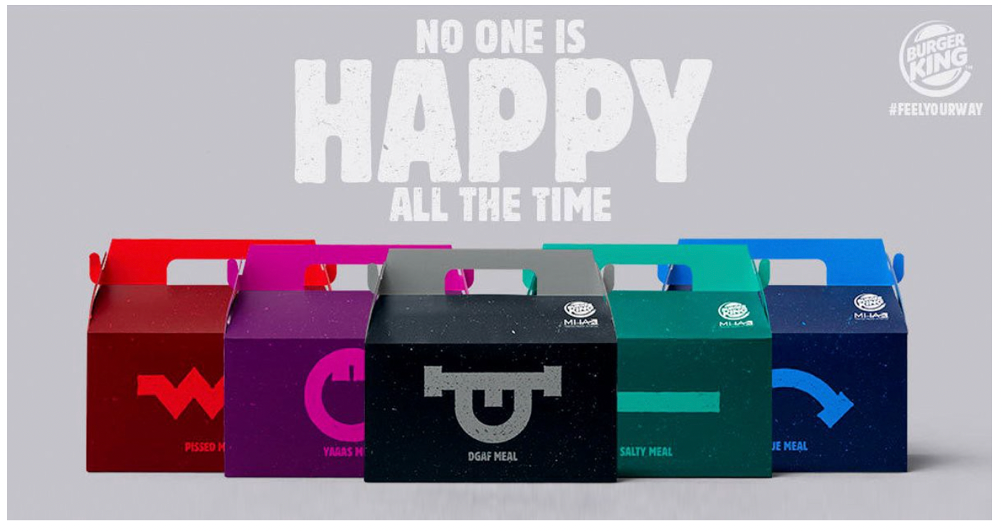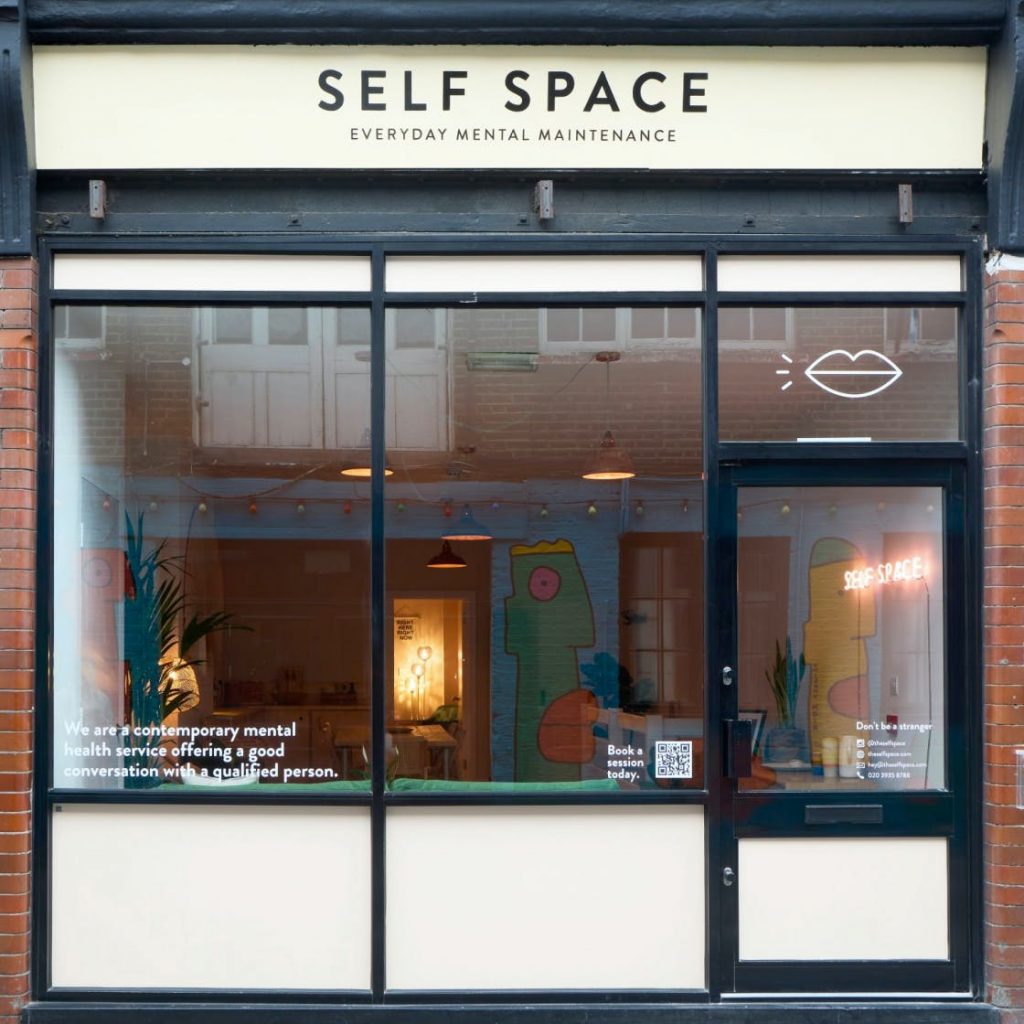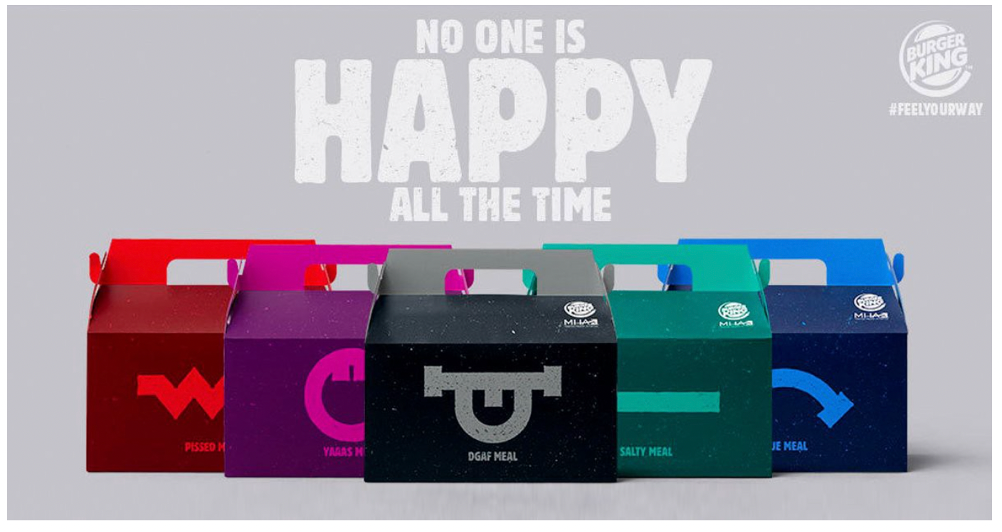It’s safe to say that over the last 2 years, everyone has had mental health on their minds…so to speak. A mixture of the pandemic and its numerous stages of lockdown, coupled with changing working habits and increased general awareness has led to mental health being much more freely spoken about. But how have private mental health services reacted in their efforts to engage with this newly captive audience?
Typically, charities or mental health services team up with a big brand to gain exposure on the topic.
As little as 5 years ago, you’d be hard pushed to find a brand to partner up with on a mental health cause. Something that Katrina Gay, Chief Development Officer at US-based NAMI (National Alliance on Mental Illness), experienced herself when only 7 brands agreed to partner with NAMI. This has since grown to over 50 as of 2020 [1].
And even when they do – things don’t always hit the mark. In 2019 – Burger King partnered up with Mental Health America to attempt to put mental health at the centre of their campaign. ‘Real Meals’ [2] played on McDonald’s Happy Meals, substituting it with the ‘DGAF Meal’, ‘Salty Meal’, ‘Pissed Meal’ etc.

Dividing opinion, it drove publicity for Burger King more than anything else (2.9 billion earned media impressions) [3].
It begged the question – does this feel genuine? Given that nowadays most customers expect brands to engage with them in an authentic, sincere way, this felt like it lacked depth.
Nevertheless, you can’t say it didn’t drive awareness and a conversation.
So – we have awareness out there – tick! But is that enough to enable change?
Evidence shows there may still be an invisible barrier to everyday people addressing mental health concerns. YouGov’s recent survey [4] found that 58% of people have not had therapy for their mental health. Despite 57% of respondents from another YouGov [5] survey stating that the pandemic had a negative impact on their mental health.
So how are mental health services making themselves more accessible – other than simply getting a big brand to recognise it exists?
How Language Plays A Part to Enable Change
One avenue is simply advertising/putting useful mindfulness content out there in places you wouldn’t normally expect. From podcast adverts promoting online therapy platforms, to popular apps such as Headspace (with over 70 million members as of 2021) gaining more recognition. For instance, Netflix collaborated with Headspace to produce 2 series around mindfulness, allowing viewers to access this content in the same space as their latest fix of Emily in Paris.
Another avenue is to cut out the partnerships and ads, and instead carve out your own space – by exploring the language around mental health and becoming known for this.
I recently saw that mental health service Self Space, has opened up the UKs first ‘on-demand’ mental health clinic [6]. ‘On-demand’ is an interesting choice of words. It’s familiar and puts our access mental health in the same space as the way we access TV & movies to learning resources, to takeaways & shopping. Also the phrase ‘on-demand’ is inherently defined by accessibility.

Not only does the language deliver a sense of accessibility, the on-demand clinic is also in Shoreditch, on the high street. A world away from Harley Street, synonymous with world-renowned clinics covering everything from cosmetic dentistry to cardiovascular consultants. It’s not a destination, it’s not a special trip, it’s as everyday as your local takeaway or hairdresser.
And the clincher – when they say on-demand…they really mean it. The clinic has no waiting lists, it’s open 7 days a week. And…they’ve even had people who’ve never had therapy before walk in – enabling change. Finally!
But should health services aim to be the ‘Prime’ for mental health?
Playing devil’s advocate – isn’t an ‘on-demand’ society contributing to mental health issues? Do we need to be wary of this terminology?
The idea of being on-demand in itself isn’t contributing to a decline in mental health – it’s our expectations we put on ourselves to constantly be receiving or requesting information. But having time to address your mental health in an equally accessible way restores some sort of balance to address, or manage, those wider societal expectations.
The key learning here is, if we’re going to make mental health services accessible and persuade people to take the leap and visit their first therapist, let’s think about (and own) the language. And of course – be authentic about it.
By Toni Varey
- https://www.voguebusiness.com/companies/report-data-brands-mental-health-and-marketing-to-gen-z
- https://www.mullenlowegroup.com/our-work/real-meals/
- https://campaignsoftheworld.com/outdoor/burger-king-real-meals/
- https://yougov.co.uk/topics/health/survey-results/daily/2021/11/02/8f4a7/3
- See PDF shared in email
- https://www.linkedin.com/posts/the-self-space_mentalhealth-activity-6897869061640777728-jPnw



